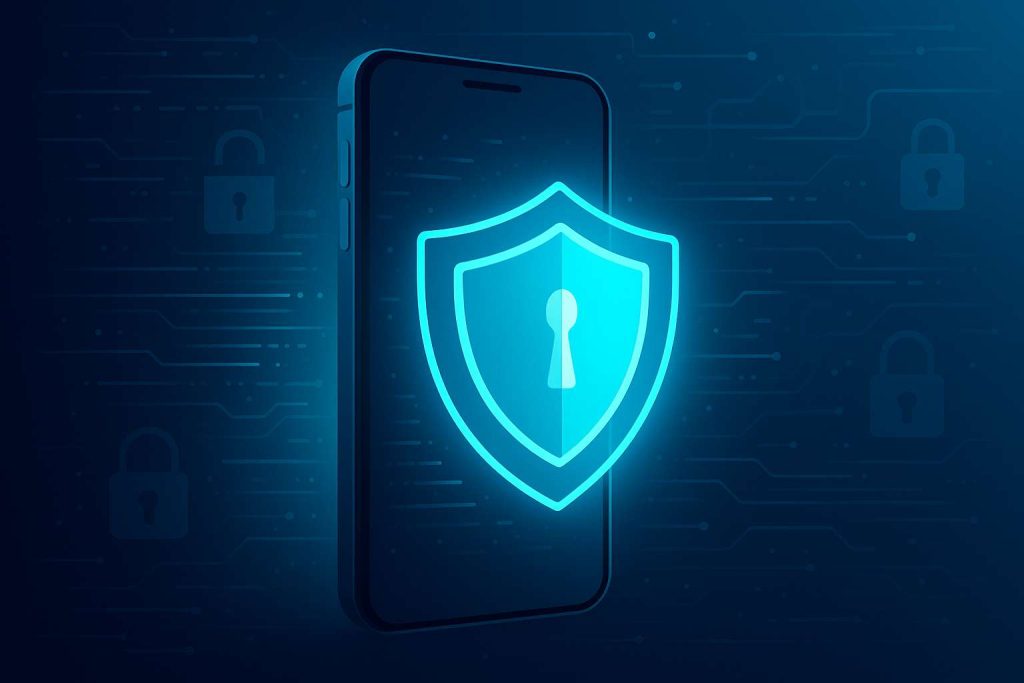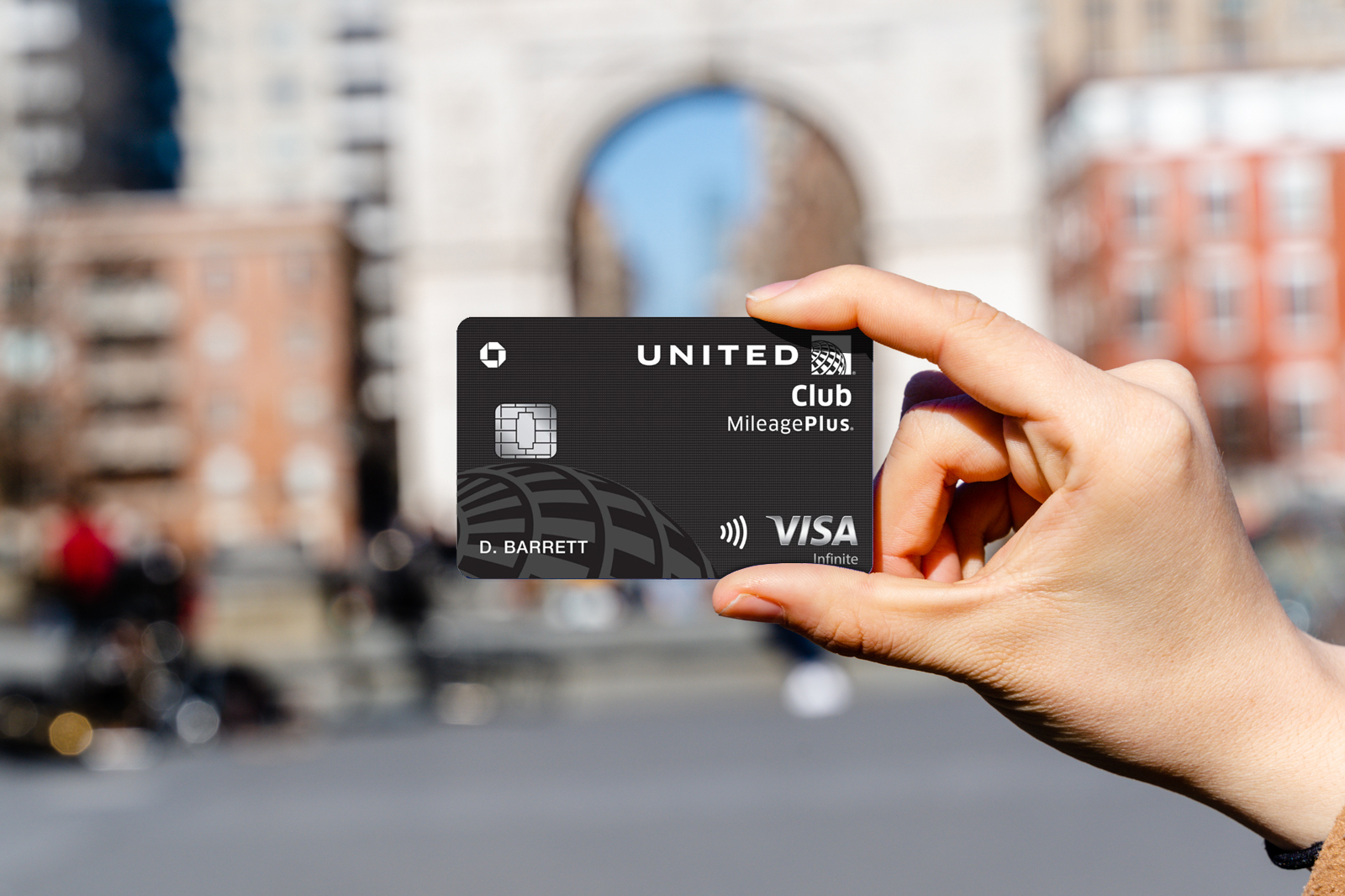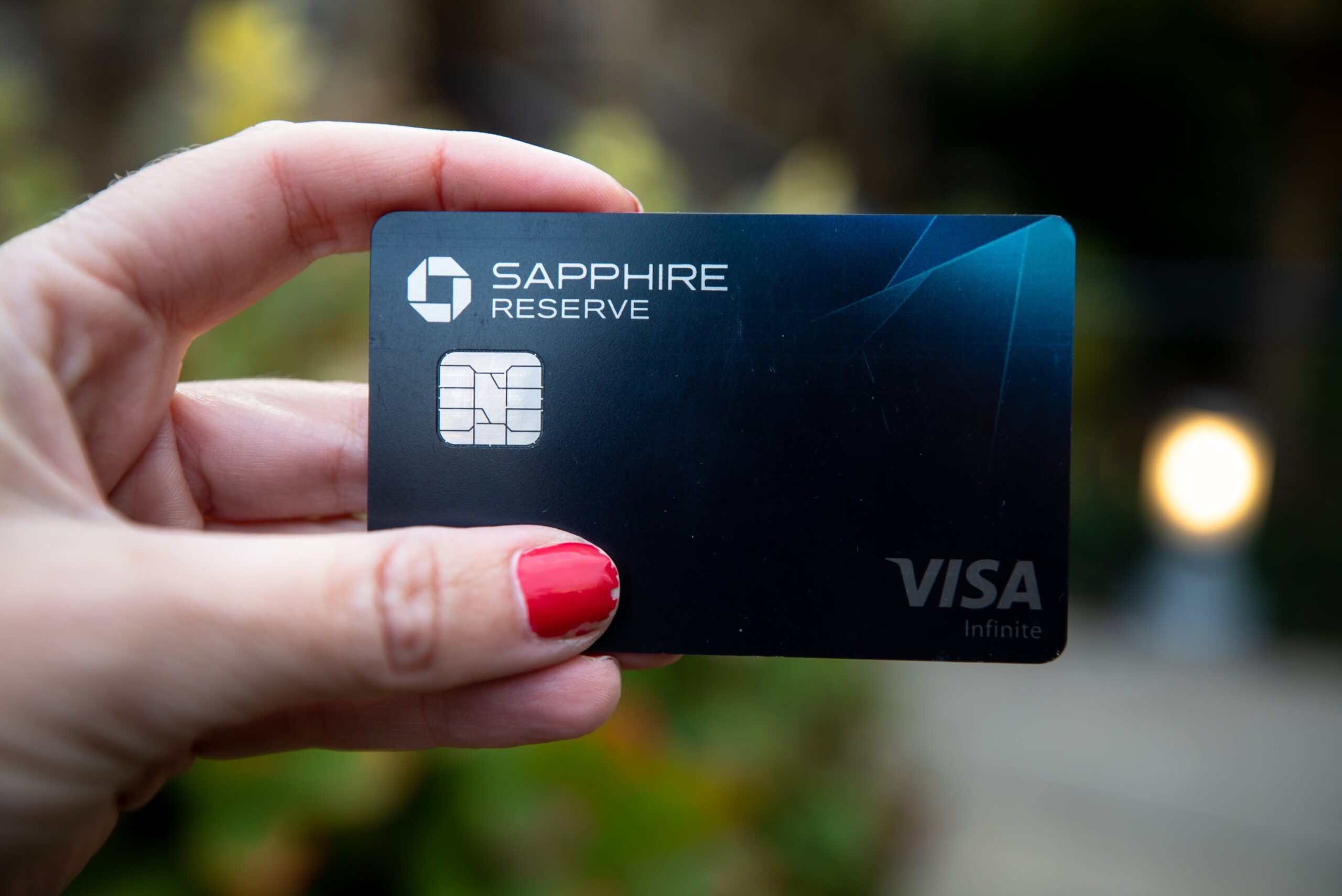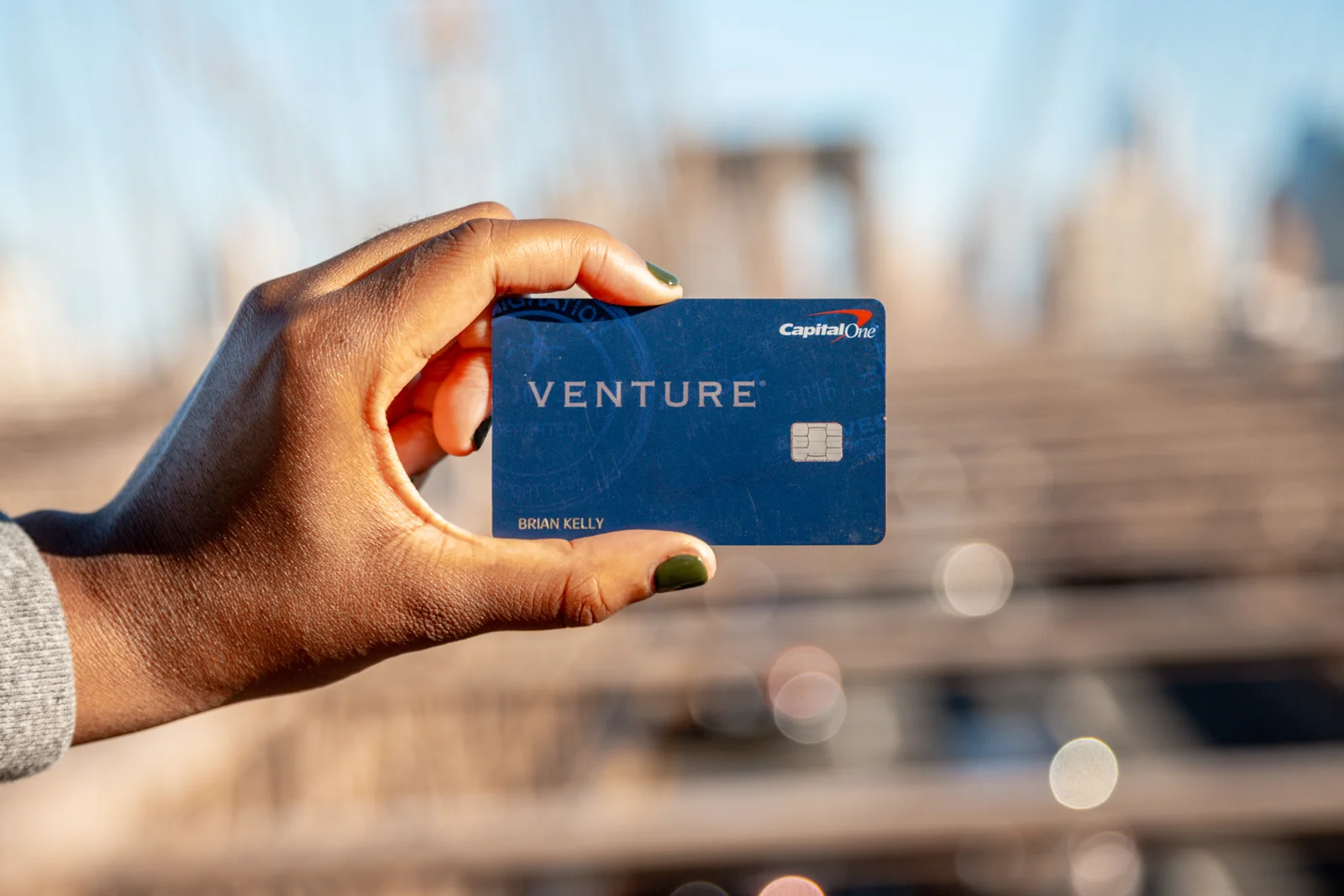The rise of digital wallets and instant transfers has made daily transactions faster and more convenient than ever. However, this convenience also comes with risks. How to protect your bank account from payment app scams is becoming a vital question for anyone who uses online platforms to send or receive money. Criminals are increasingly exploiting vulnerabilities in mobile apps, making it crucial for users to be proactive about their financial safety.
Understanding how fraudsters operate is the first step to preventing unwanted surprises. They often use phishing messages, fake customer service calls, or malicious links to gain access to sensitive data. According to the Federal Trade Commission (FTC), reports of online financial fraud have grown steadily over the past years, highlighting the importance of adopting safe digital habits.
Smart habits to stay secure

Good online hygiene is one of the strongest defenses against fraud. Always keep your bank and payment apps updated, since developers frequently release patches that fix security vulnerabilities. Set up biometric authentication when available, and avoid using weak or repeated passwords across different services. Consider using a password manager to generate and store complex codes securely, reducing the risk of exposure if one account is compromised.
It’s also essential to verify where requests for money come from. Scammers often impersonate friends or relatives, urging you to send urgent transfers. Whenever in doubt, confirm the request through another communication channel. A quick phone call or message outside the app can save you from falling victim to social engineering tactics. Consumer Financial Protection Bureau (CFPB) provides detailed guidelines on recognizing these deceptive methods.
Recognizing red flags
Spotting early warning signs can be a game-changer. Be cautious if you receive unexpected payment requests, especially from unfamiliar contacts. Fraudsters may also pressure you into acting quickly, knowing that urgency makes people less likely to think critically. Slow down and evaluate the situation before transferring funds.
Another common trick involves phishing links disguised as account notifications. Never click on suspicious links sent via text or email. Instead, log in directly through the official app or website. According to Krebs on Security, cybercriminals often design fake login pages that look identical to legitimate ones, tricking users into providing personal information. Staying alert helps you avoid such traps.
Monitoring your financial activity
Even with preventive measures, continuous monitoring is essential. Set up alerts on your banking app to receive notifications for every transaction. This way, you can immediately spot any unauthorized movement and act quickly to block further attempts. Some banks also allow you to temporarily freeze your debit or credit card through the app, which can be a lifesaver in suspicious situations.
Reviewing your statements regularly is another effective way to catch hidden fraud. Small, unnoticed charges are often used by criminals to test whether an account is vulnerable. If you detect unusual activity, contact your bank immediately. Institutions are legally obligated to investigate, and in many cases, you may be eligible for reimbursement if you report the issue promptly.
Extra layers of protection
Consider adding two-factor authentication (2FA) to your apps whenever possible. This feature requires not only a password but also a second confirmation, such as a text code or authentication app. It makes it significantly harder for criminals to break into your account, even if they manage to steal your login credentials.
Public Wi-Fi can also be a hidden danger. Avoid accessing sensitive financial apps on unsecured networks, as data can be intercepted by malicious actors. If you must connect, using a trusted VPN service is recommended to encrypt your traffic and reduce exposure. Simple changes in your daily habits can create a solid barrier against cyber threats.



